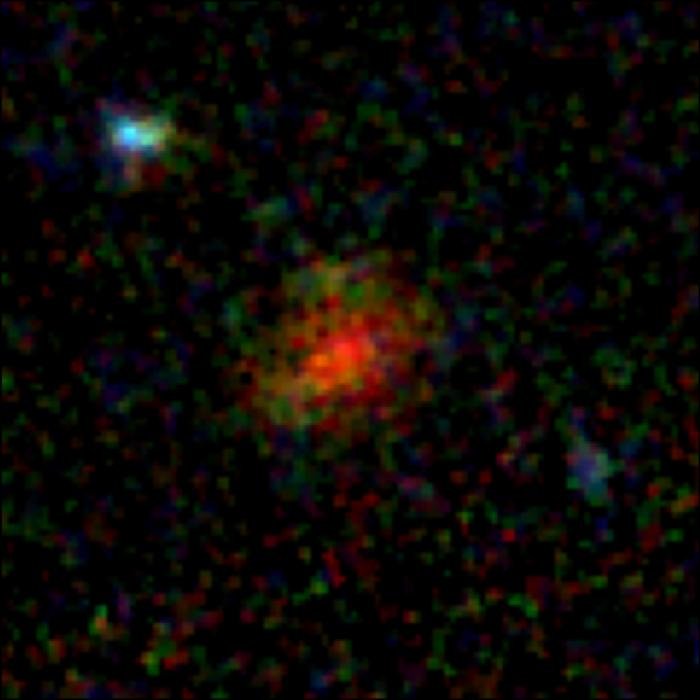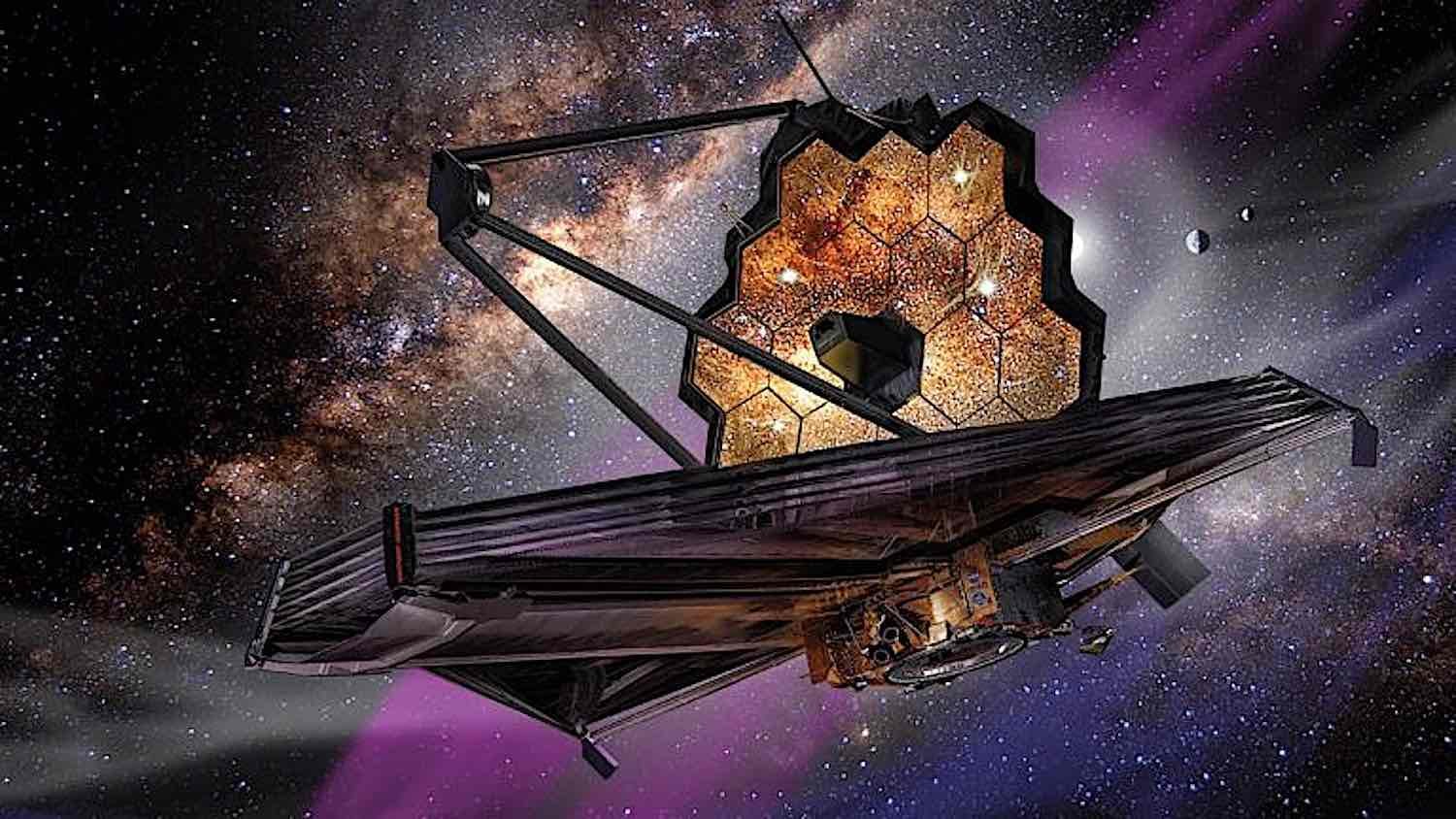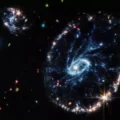The James Webb Space Telescope has relocated a ghostly-looking dusty galaxy originally detected by ground telescopes before it vanished from view years ago, as part of a groundbreaking initiative to explore some of the earliest structures in our universe.
The galaxy perplexed astronomers after its initial faint detection and subsequent disappearance from images captured by the Hubble Space Telescope. However, the phantom galaxy was unable to evade detection by Webb’s powerful infrared NIRCam.
The recent detection of the galaxy, identified as AzTECC71, was made by astronomers with the COSMOS-Web collaboration and revealed to be a dusty star-forming galaxy, also sometimes called “Hubble dark galaxies,” which are difficult to see, but despite their low visibility, represent stellar nurseries for the formation of new stars.
These dusty star-forming galaxies are difficult to observe at normal optical wavelengths since the light they produce ends up being absorbed by their surrounding dust, allowing only longer wavelengths (i.e., infrared) to pass through.


With an estimated redshift of close to six, the COSMOS-Web team believes AzTECC71 likely would have formed around 900 million years after the Big Bang.
Once thought to be rare, more than a dozen candidates for dusty galaxies like this one have turned up in just the first half of the COSMOS-Web data. Astronomers now believe they may be at least three times—and possibly as much as ten times—more common than once expected.
Postdoctoral researcher Jed McKinney at The University of Texas Austin said that despite its modest appearance, which remains barely discernible even in the new Webb imagery, AzTECC71 could hold a number of surprises.
“This thing is a real monster,” McKinney said in a statement, adding that its faintness is suggestive of other unique cosmic features that may still be hiding from astronomers.
Or, at the very least, that there is far more dust in the universe than once thought, enough so that it obscures these celestial objects from view, allowing them to remain hidden in plain sight like veritable cosmic ghosts.
The COSMOS-Web project is currently the largest research effort Webb is participating in, and ultimately aims to map as many as one million galaxies from a region of the sky no larger than three full moons.
The project, which will study some of the earliest detectable structures in the universe, received its initial data last December, with its next batch arriving next month.
McKinney says that the telescope’s sensitivity allows it to peer beyond the veil of galactic dust and over distances so great that some of the most ancient objects in our universe become visible.
“With JWST, we can study for the first time the optical and infrared properties of this heavily dust-obscured, hidden population of galaxies,” McKinney says.
Micah Hanks is the Editor-in-Chief and Co-Founder of The Debrief. He can be reached by email at micah@thedebrief.org. Follow his work at micahhanks.com and on X: @MicahHanks.

